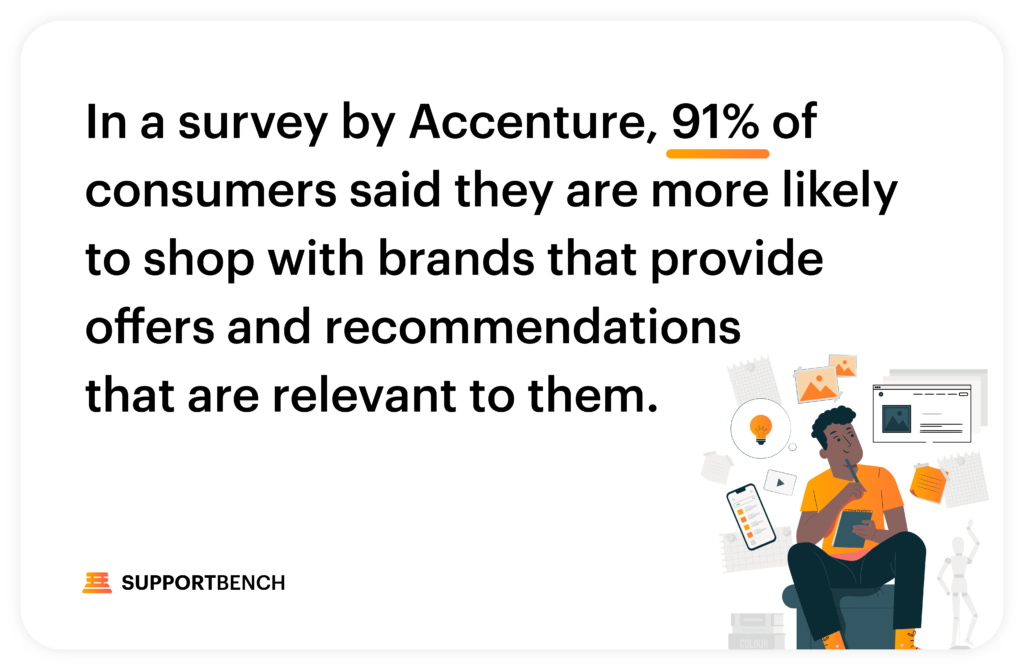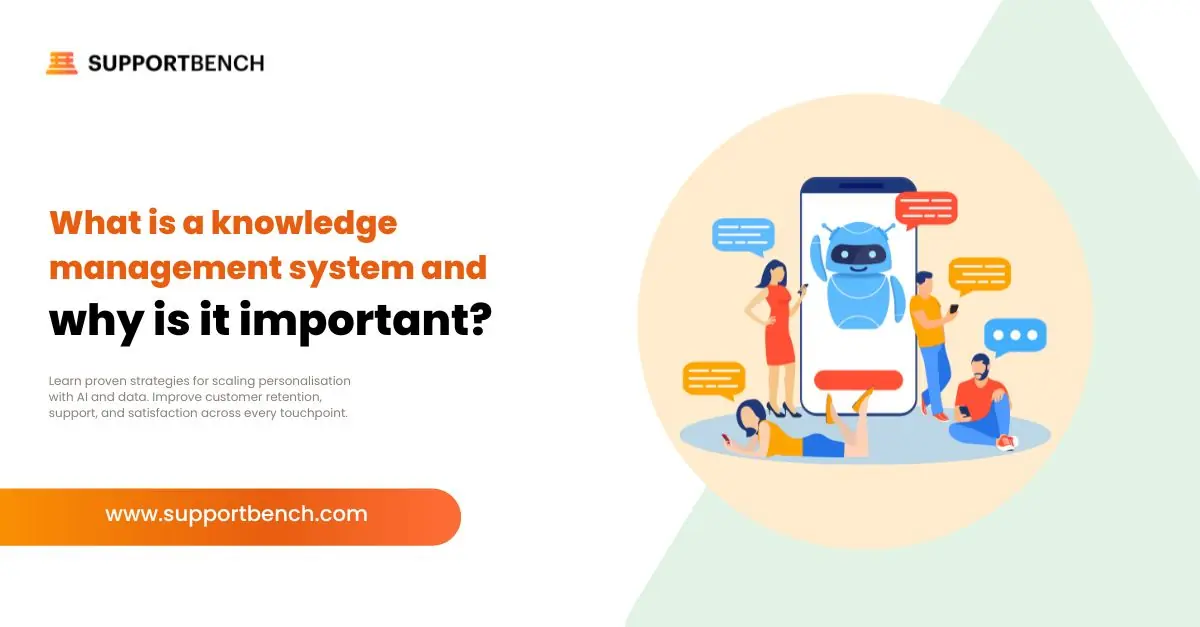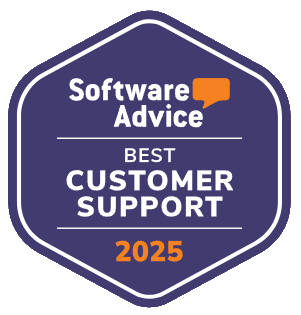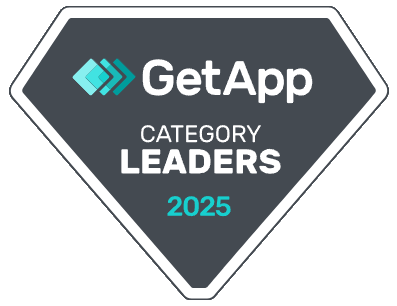With the onset of AI, it’s often said that the older systems of Support face the hardest challenge when it comes to innovation and agility. As industries evolve and customer needs shift, legacy systems like Zendesk find themselves at a crossroads. Here’s a closer look at why newer entrants like Supportbench are able to bring a fresh perspective to the table.

Legacy Systems and Inherent Limitations
While Zendesk has been around for many years, it’s built on a foundation of legacy systems. Adapting to new methodologies, technologies, or changes in the industry can be a slow process. It’s akin to steering a massive ship — turning it around is cumbersome and time-consuming.
On the other hand, platforms like Supportbench, built with contemporary technologies and ideologies, don’t carry the weight of outdated systems. They are inherently more adaptable, able to pivot and align with the latest industry standards without the baggage of legacy constraints.
One-size-fits-all vs. Tailored Solutions
Historically, platforms like Zendesk have offered generalized solutions that cater to a broad audience. While this approach has its merits, modern enterprises are increasingly looking for tools that can provide more tailored experiences. They want software that fits seamlessly into their unique ecosystems, not the other way around.
Supportbench has recognized this shift in demand, placing a premium on hyper-personalization. With features like dynamic SLAs that adjust in real-time based on specific case criteria, the software provides a customized approach that’s highly appealing to businesses that want flexibility and granularity in their support operations.
A Focus on Seamless User Experience
In the age of intuitive apps and user-centered designs, the expectations from enterprise software have changed dramatically. Users no longer tolerate clunky interfaces or convoluted processes. They expect their enterprise tools to be as intuitive as their favorite smartphone apps.
Supportbench seems to understand this well. By offering features that mimic familiar tools (like an email editor reminiscent of Outlook), they reduce the learning curve for their users. This commitment to user experience can make a significant difference in adoption rates and overall customer satisfaction.
A Comprehensive Approach to AI Integration
While many platforms have tacked on AI features as an afterthought, newer entrants recognize the centrality of AI in modern customer support. Supportbench’s integration of ChatGPT for chatbots or its AI-driven sentiment analysis, for instance, is not just a feature – it’s a core part of their offering.
Having AI deeply embedded ensures that the insights drawn are more accurate, the automation is more refined, and the overall support experience is more intuitive and proactive.
Price Point and Value Proposition
One of the challenges with established platforms is their pricing structure. As they expand their feature set, there’s often a corresponding increase in price. For businesses that might not need the entire suite of tools offered, this can feel like overkill.
Supportbench, and others like it, can provide competitive pricing by focusing on high value features that modern businesses truly need. Without the overheads associated with running legacy systems, these platforms can pass on the savings to their clients.
Agility and Quick Response to Market Demands
Finally, smaller, more agile companies can often iterate and innovate faster than established giants. Feedback loops are tighter, changes can be implemented more swiftly, and there’s a greater propensity to take risks and try new things. This agility can be a significant advantage in a rapidly changing industry landscape.
While Zendesk has undoubtedly been a long-time player in the customer support domain, the winds of change are evident. As the industry evolves and as businesses’ demands shift, it’s platforms like Supportbench, with their fresh approach and keen understanding of contemporary needs, that are poised to redefine what excellence in B2B customer support truly means. To specifically break down this innovation and how it can dramatically affect companies of today, here are 6 innovations to consider:
1. Hyper-Personalization with Dynamic SLAs
In a survey by Accenture, 91% of consumers said they are more likely to shop with brands that provide offers and recommendations that are relevant to them. While this data predominantly focuses on B2C, the principles remain true for B2B. Customers crave tailored experiences.
Dynamic SLAs, like those offered by Supportbench, allow businesses to automatically adjust their service levels based on the real-time status of a case or the profile of a customer. For instance, adjusting SLA timings for a major client’s ticket near renewal time.
Inline with innovative support systems like Supportbench, you need to dive into your customers’ profiles. Understand their histories, unique requirements, and purchasing patterns. Set up a system that can adjust SLAs on-the-fly based on these parameters to ensure that key accounts always receive priority.
2. Advanced AI Capabilities for Predictive Support
According to Gartner, by 2025, 75% of enterprises will shift from piloting to operationalizing AI, driving a 5X increase in streaming data and analytics infrastructures.
Advanced AI capabilities, like sentiment analysis and intent detection, give support teams insights into the customer’s emotional state, allowing for tailored responses. Predictive support, powered by AI, anticipates issues before they arise, providing solutions proactively.
It’s imperative to invest in training sessions for your support teams on AI tools. Harness AI-driven analytics to predict common customer queries and to understand the emotional undertones in customer communications.
3. KCS Knowledge Base Integration for Efficient Problem Solving
“Knowledge-Centered Service (KCS) has the power to bring a 60-70% improvement in operational efficiency,” states Rick Joslin, a former executive director of certification and training at HDI. By integrating the KCS methodology into support systems, agents can resolve issues faster by tapping into a shared knowledge base.
Please encourage your teams to document solutions and share knowledge. Incentivize contributions to the knowledge base to ensure it remains updated and is considered a vital tool by your support staff.
4. 360-Degree Customer Overview
Bill Gates once remarked, “How you gather, manage, and use information will determine whether you win or lose.” Having a 360-degree customer overview allows support agents to have a holistic understanding of the customer’s history, preferences, and potential issues.
So then, integrate your CRM, support, sales, and marketing tools. Ensure that when an agent interacts with a customer, they have all the information at their fingertips to provide an informed, tailored service.
5. Customer Health Scoring
A report by Forrester suggests that understanding and optimizing customer health can lead to a 15-20% increase in sales from existing customers. Health scoring, which gauges the overall well-being and satisfaction of customers, is pivotal in modern support frameworks.
For optimum results, establish clear parameters for what constitutes ‘healthy’ in customer relationships. Monitor these metrics consistently and take proactive steps when scores dip below acceptable thresholds.
6. Seamless Multi-Channel Support
As per a study by the Aberdeen Group, companies with strong omnichannel customer engagement see a 9.5% year-over-year increase in annual revenue. B2B clients often interact with companies across various channels – be it email, chat, or phone. A seamless experience across these channels is paramount.
It’s vital to audit your current support channels. Identify gaps and overlaps and streamline the processes to ensure a client moving from, say, email support to chat, experiences no hiccups.
In the landscape of B2B customer support, while platforms like Zendesk have been around for a long time, the world is rapidly moving towards hyper-personalization and predictive support. It’s not about merely reacting to customer queries but proactively enhancing their journey.
Supportbench has shown us that by integrating the latest technologies and methodologies, B2B customer support can not only resolve issues but predict and prevent them, turning support teams from reactive problem solvers into proactive value creators. The question isn’t whether Zendesk can keep up – it’s whether the entire industry can keep up with the pace of innovation and the shifting tides of customer expectations.















